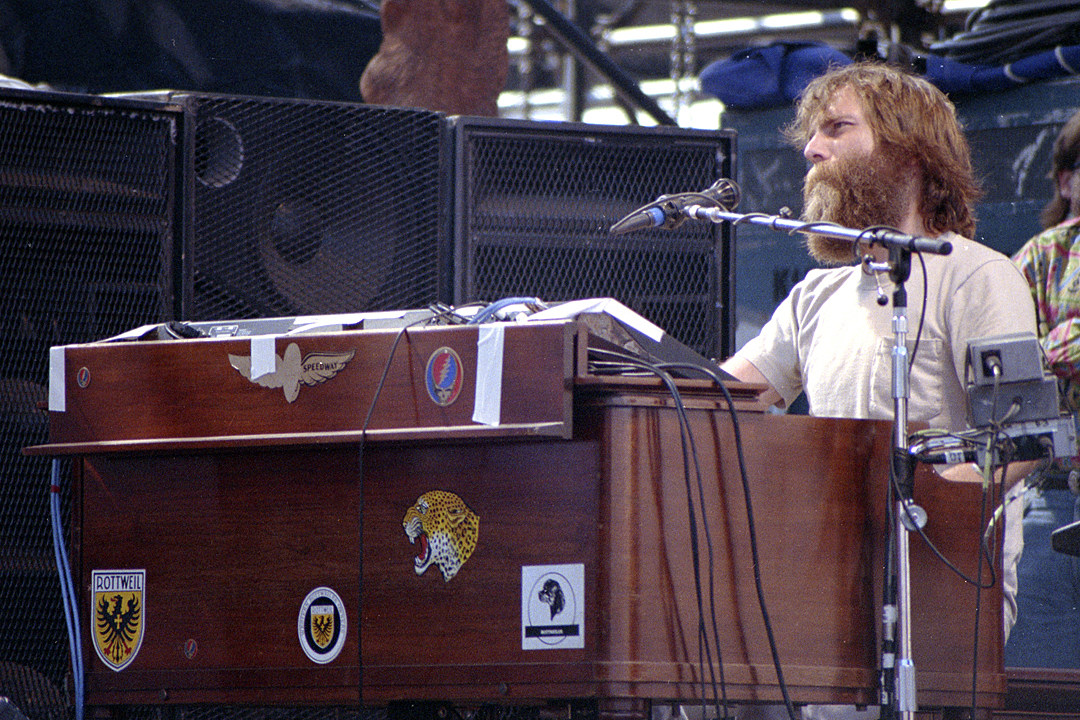

"How could you fail me?"īear had a good ear and money. "I love you and you love me," Bear wooed the speakers.

Unstable audio frequencies skipped over audiences, ricocheted between walls, and decayed into space. The result was that a performer's chops often were undercut by blistering volumes, roiling echoes, harsh distortion, and feedback. This confined sound techs at both indoor clubs and outdoor venues to jury-rigged public address systems, which rebroadcast the noise of a band toward the audience-at the time, PAs were positioned level with, if not slightly in front of the musicians, and were distinct from the musicians' backline speakers and amp. The point is that amp tech just wasn't keeping up with their sonic ambitions.Ĭonventions like using on-stage monitors (speakers pointed back at performers so they could hear themselves) were still in their infancy. That's not necessarily to question the pure, unbridled daring of baby boomer bands like the Dead, at least not in their prime. Today, defenders of How Things Sounded in 1969 must face critics who argue that everything back then sounded unsound on account of these gear constraints. Put frankly, Garcia or Jimi Hendrix live, at their loudest, sounded chaotic-in a not-so-good way. Even the day's leading edge of amplification technology carried bands only to a point, before the mixes muddled.

Perhaps the drugs had something to do with it, but there was a vitality to music, something unprecedented that resonated for those who believed their generation's moment had come. Compared to virtually all electrified musical output to that point, music was louder and more urgent than ever before. It seemed the sounds of San Francisco's Haight-Ashbury, the psychedelic rock Holy Land to which the Dead were revered almost as gods, had beamed to the Moon and beyond. "You know, the solution is the PA system has to be behind the band"

The Wall of Sound, or simply the Wall, would occupy only a blip on the long horizon of the Dead's history, though it remains a touchstone for sound systems of all shapes and sizes, from boutique disco PAs to the massive PAs deployed at any of today's mega festivals and at 61,500-seat stadiums like Soldier Field in Chicago, where the four surviving members of the Dead, including Weir and Lesh, wrapped up a string of farewell shows this weekend to commemorate the band's 50th anniversary.īack at the pink warehouse, they were about to revolutionize sound engineering, acoustic theory, and the way people experienced live music for decades to come, and they likely didn't even know it. Its name could only be the Wall of Sound. This singular work of engineering would come to weigh over 70 tons, comprise dozens and then hundreds of amps, speakers, subwoofers, and tweeters, stand over three-stories tall and stretch nearly 100 feet wide. It was a signal moment in the history of sound that set in motion a years-long work in progress that would culminate in what's arguably the largest and technologically innovative public address system ever built, and it started not with a bang, but with something of a casual, stoned proposition. They brainstormed over "the technical, the musical, and the exploratory," remembered Rick Turner, an instrument and amplifier designer among the Dead kin gathered that day in Novato.


 0 kommentar(er)
0 kommentar(er)
